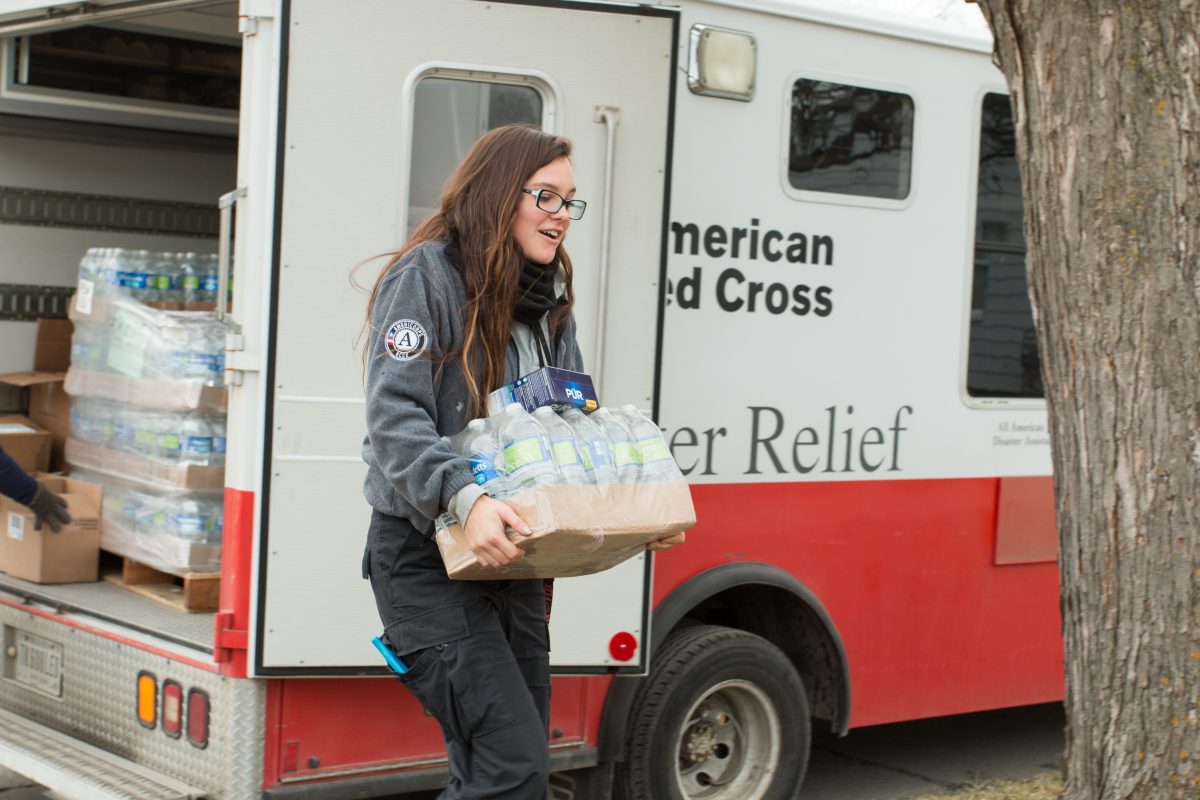Three Big Lessons From Flint for Effective Disaster Philanthropy
Have you seen the latest news from Flint? It’s a big deal and deserves the attention of all of us interested in making disaster philanthropy more effective. The Charles Stewart Mott Foundation announced that ten foundations are committing $125 million for long-term efforts in response to the Flint water crisis. There are three important lessons […]


Have you seen the latest news from Flint? It’s a big deal and deserves the attention of all of us interested in making disaster philanthropy more effective.
The Charles Stewart Mott Foundation announced that ten foundations are committing $125 million for long-term efforts in response to the Flint water crisis.
There are three important lessons to be drawn from this exciting news:
It takes leadership. Engaging ten foundations in a comprehensive set of projects doesn’t just happen. It takes careful planning and a vision to get people excited and focused. And it takes hard work, determination, and let’s face it, stubbornness to track down very busy people and win their commitments. Kudos to Mott President Ridgeway White and his colleagues for taking the lead in getting this done.
Collaborations take courage. The most successful disaster recovery project require foundations working together rather than independently. But we all know that collaboration demands compromise on goals, grant guidelines, and timetables. Congratulations to the leaders of these ten foundations for having the courage to look beyond their individual goals to advance the greater good.
Recovery takes time. Take a look at some of the objectives of this collaboration: meeting the health needs of affected residents for 20 years, revitalizing Flint’s economy, supporting early education. These are robust goals that will take years to accomplish. They’re exactly the kind of efforts that should be required after a major disaster – ones that take the long view, are patient – and holistic – recognizing the needs of children and communities from every angle.
As we slowly expand our view of disasters beyond immediate response to a broader perspective that includes planning and recovery, we will be well served to learn from the innovative approach the Mott Foundation and its colleagues are taking in response to the Flint water crisis.
For additional thoughts on the subject, see this recent Inside Philanthropy article.
More like this

Lessons from the Flint Water Crisis: An Interview with Mott Foundation’s Ridgway White

